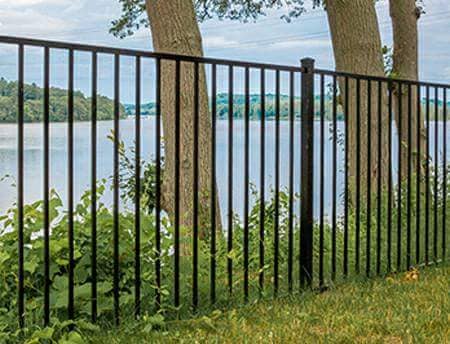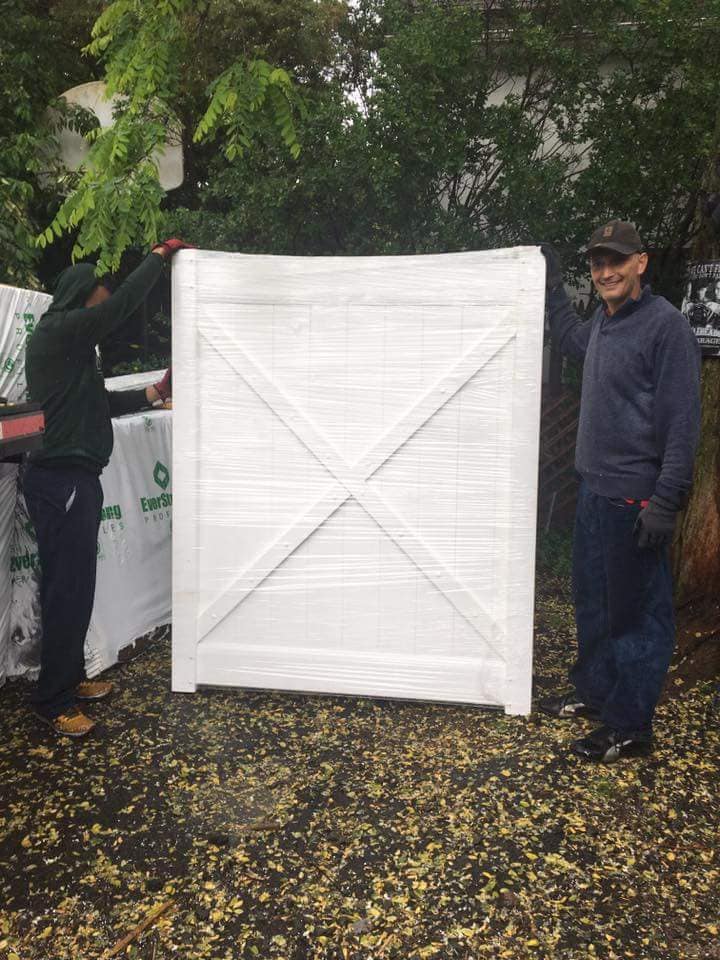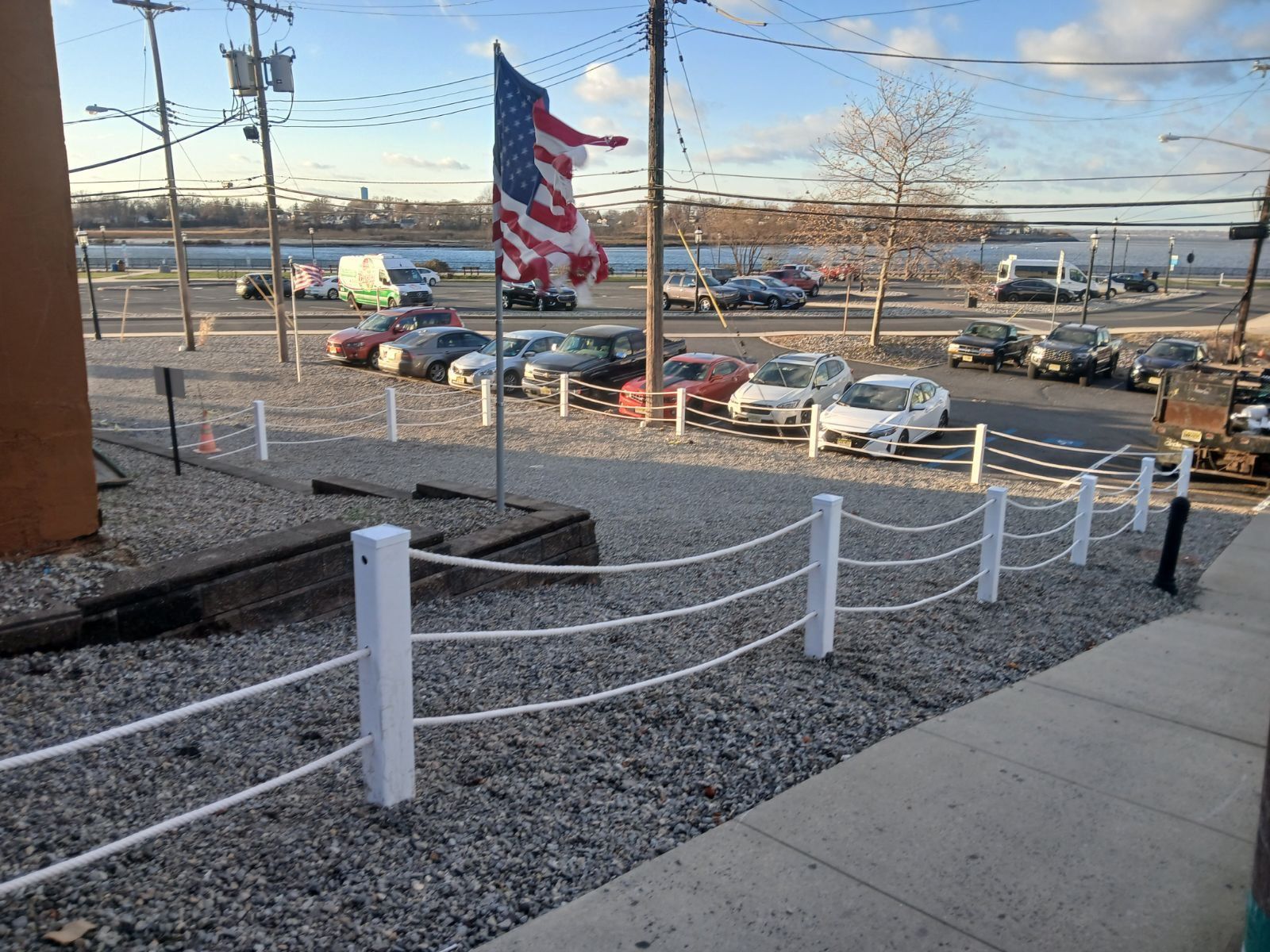Introduction
When it comes to enhancing the aesthetic appeal and security of your yard, fencing plays a pivotal role. Among various options available, vinyl fence installation stands out as a popular choice for homeowners seeking a low-maintenance solution. Vinyl fences are not only durable but also offer a sleek appearance that can dramatically improve the curb appeal of your property. In this comprehensive guide, we'll delve deep into vinyl fence installation, explore its benefits, discuss the installation process, and answer some common questions surrounding this type of fencing.
Vinyl Fence Installation: The Low-Maintenance Option for Your Yard
Choosing the right type of fencing can oftentimes feel overwhelming due to the multitude of options available on the market today. However, vinyl fence installation brings several advantages that set it apart from traditional materials like wood or metal.
1. Why Choose Vinyl Fencing?
Vinyl fences are composed of PVC (polyvinyl chloride), which offers numerous benefits over other materials.
1.1 Durability and Longevity
One of the most significant advantages of vinyl fencing is its remarkable durability. Unlike wood, which can rot or warp over time, vinyl is resistant to weather elements and pests. This means that with proper installation from a reputable fence company, your vinyl fence can last up to 30 years or more.
1.2 Low Maintenance Requirements
Vinyl fences require minimal upkeep compared to wood or chain link options. Routine pressure washing is usually sufficient to keep them looking new, making them an ideal choice for busy homeowners who prefer spending time enjoying their yards rather than maintaining them.
1.3 Aesthetic Appeal
Available in various colors and styles, vinyl fences can easily complement any architectural design. Whether you want a classic white picket fence or a modern privacy barrier, there’s likely a vinyl option that suits your needs.

2. Understanding Vinyl Fence Installation Costs
2.1 Factors Influencing Costs
The cost of vinyl fence installation varies based on several factors:
- Length and height of the fence Type and style chosen Local labor costs Any additional features like gates
Understanding these factors will help you budget appropriately for your project.
2.2 Average Pricing Estimates
On average, homeowners can expect to pay between $25 to $40 per linear foot for vinyl fencing materials alone. Including labor costs from experienced fence contractors, total expenses could range from $30 to $60 per linear foot depending on local pricing structures.
The Vinyl Fence Installation Process
3. Initial Planning and Preparation
Before diving into the actual installation process, there are essential steps every homeowner should take:
3.1 Research Local Regulations
Check local zoning laws and regulations concerning fencing heights and styles in your area. Some neighborhoods have specific guidelines regarding what types of materials are permissible.
3.2 Selecting the Right Style
Consider what kind of vinyl fence fits best with your property’s aesthetic—options range from semi-privacy to full privacy styles.
4. Choosing the Right Fence Company
Selecting a reliable fencing company is crucial when planning your project:
4.1 Evaluating Experience and Expertise
Look for companies with years of experience specializing in vinyl installations; read reviews and request references.
4.2 Comparing Quotes
Don’t hesitate to gather quotes from multiple companies; this ensures you’re getting competitive pricing while allowing you to gauge customer service levels.
Preparing Your Yard for Vinyl Fence Installation
5. Clearing the Area
Proper preparation before installing your new vinyl fence will make all the difference:
5.1 Removing Existing Fencing
If you have an existing fence that needs removing, be sure to handle this task ahead of time unless you’ve hired professional installers who will take care of it.
5.2 Landscaping Considerations
Make sure that any bushes or trees near where you'll install the fence are trimmed back so they won't interfere with installation work.

6. Marking Property Lines
It’s vital fence installation to know exactly where your property lines lie before starting:
6.1 Using Stakes and String Lines
Mark corners with stakes and run string lines between them; this will serve as guidance during installation.
Vinyl Fence Installation Steps
7. Digging Post Holes
Once preparations are complete, it’s time to dig holes for each post:
7.1 Determining Hole Depths
Typically, holes should be about one-third as deep as the height of the posts you're installing (e.g., 3 feet deep for a 6-foot tall fence).
8. Setting Posts in Concrete
After digging holes, it's essential to set posts securely:
8A Ensuring Level Alignment
Use a level tool while placing each post into concrete mix; ensuring they’re straight is critical before moving forward.
Installing Panels Between Posts
9A Adding Panels Securely
With posts set in concrete, it's time to attach panels:
- Align panels according to manufacturer instructions. Use screws or brackets designed specifically for vinyl material. Ensure even spacing between panels based on desired design (e.g., privacy vs semi-privacy).
10A Installing Gates
If your design includes gates:
- Position gate posts at appropriate locations. Follow manufacturer guidelines meticulously during assembly. Test functionality before finalizing all installations.
Maintenance Tips for Your Vinyl Fence
While maintenance needs are minimal compared to other materials like wood or chain link fences, following these tips can extend its lifespan:
11A Routine Cleaning
Periodically wash down your fence with mild soap and water using a soft brush or pressure washer on low settings; avoid harsh chemicals that might damage finish integrity!
12A Inspecting Regularly
Regular inspections help catch small issues before they become larger concerns; look out for any cracks developing around panel joints or post bases where water may collect during rainy seasons!
Common Questions About Vinyl Fencing
Here are some frequently asked questions about vinyl fencing solutions:
13A How Long Does It Take To Install A Vinyl Fence?
Typically speaking an experienced team working diligently could complete typical installations ranging from one day up until two weeks depending upon complexity involved in project scope!
14A Is Vinyl Fencing More Expensive Than Wood?
Initial costs might seem higher compared directly against wooden counterparts however factoring longevity plus reduced maintenance requirements often makes it worthwhile investment overall!
Conclusion
In conclusion, if you're considering enhancing both security and aesthetics within your yard space while minimizing upkeep efforts then opting toward vinyl fencing may very well meet those criteria! With its exceptional durability paired alongside diverse styling possibilities there’s certainly something appealing about choosing this low-maintenance solution over traditional alternatives! Once you’ve decided upon design specifications ensure working closely alongside trusted professionals like skilled fencing contractors will yield optimal results ensuring satisfaction across board! Happy fencing!
